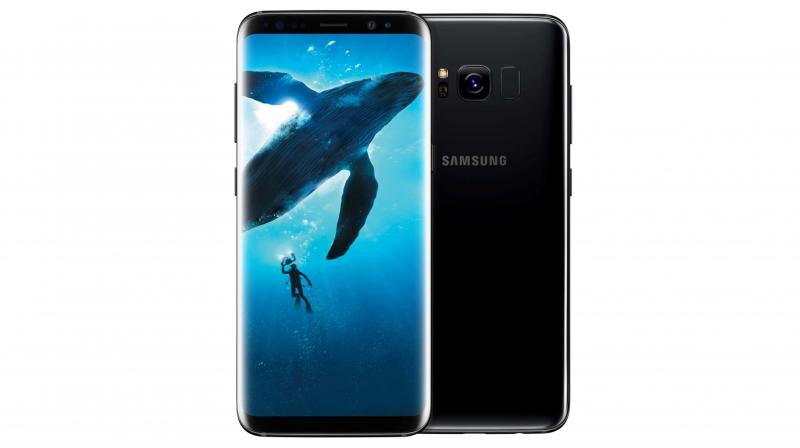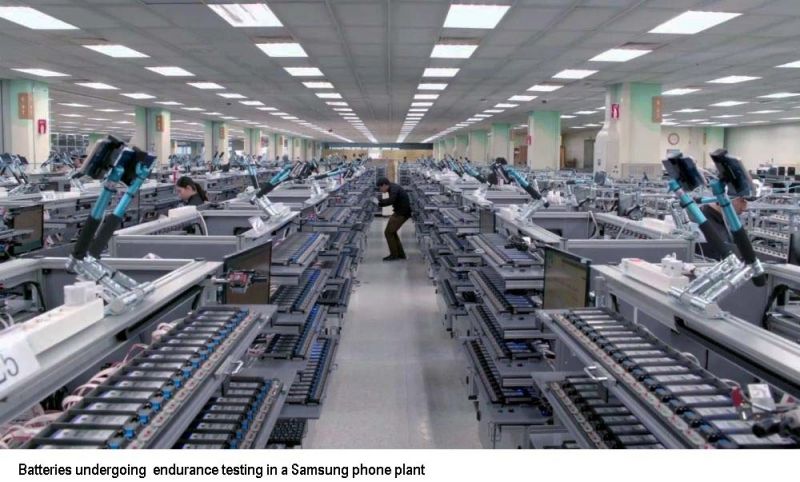Samsung's Phoenix moment: Safety a big priority!
Rest easy! The Galaxy S8 phones have undergone stringent safety tests and the batteries are not so tightly packed.

Samsung launched the Galaxy S8 and S8+ phones in India last week -- the first major successors to the Galaxy Note7. So a prospective buyer may be forgiven, if memories of the combustible battery of that handset and its global withdrawal, trigger a reasonable question: How can I be sure it won't happen again with the new phones?
We raised this at the India launch, on behalf of worried buyers and did some cross checking on our own. Here is our take: The S8 phones that have risen Phoenix-like out of — literally — the ashes of the Note7, are highly unlikely to suffer the same fate and here's why:
Since the costly failure of the Note7 battery, Samsung has put in place an intensive 8-point battery safety check for all its phones including the S8 and S8+. It starts with the durability test, which includes over- charging, temperature and puncture tests. Then there is a visual inspection, followed by an X-ray test, which will look inside the battery for any malfunctioning. The process also includes an Open Circuit Voltage test that checks for any voltage fluctuation during manufacturing. The batteries also undergo a large-scale charging and discharging tests along with the Total Volatile Organic Compound or TVOC test to make sure there isn't the slightest possibility of leakage of the volatile organic compound. There is also an accelerated usage test, that checks battery behavior over extended life.
Apart from these tests, the Galaxy S8 and S8 plus run on the thinner chipset of a 10nm processor which demands 20 per cent less battery consumption than before.
Finally -- and this may be the safety valve we are looking for -- Samsung has reversed the industry craze for putting bigger and bigger batteries into smaller and smaller space. It has kept the battery capacity at 3000mAh for the 5.8-inch S8 and 3500mAh for the 6.2-inch S8+. The too-hot-to-handle Note7 had a 3500mAh battery while the S7 Edge came with a 3600mAh battery. The new S8 plus occupies more volume for the same battery size — so in effect eliminating the squeeze on the battery.
The Galaxy S8 and Galaxy S8 + will be available for Rs 57,900 and Rs 64,900, respectively from May 5 , 2017. Buy it if you can afford it — but you don't have to be afraid!
—IndiaTechOnline


